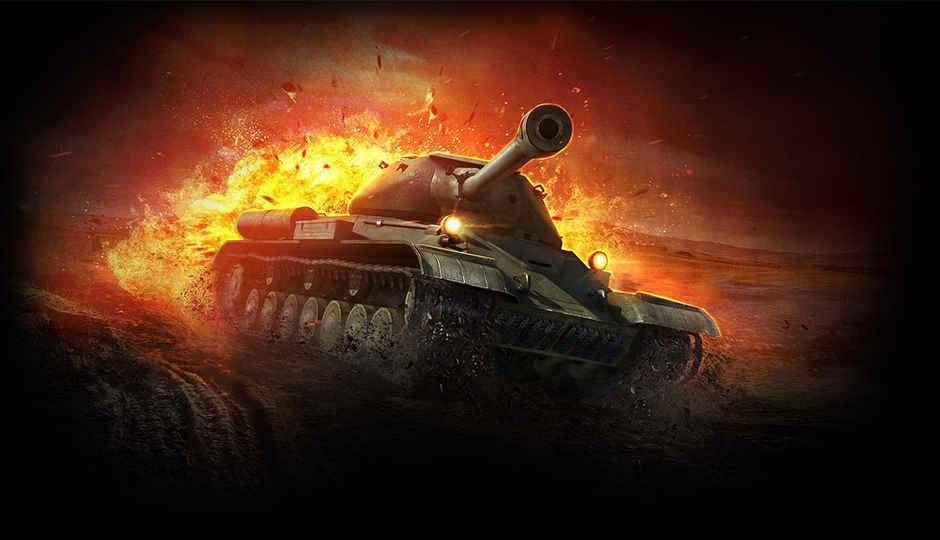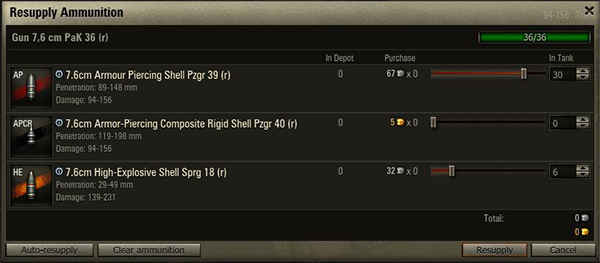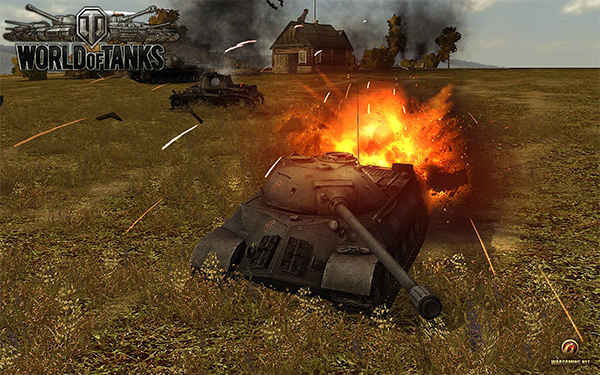World of Tanks: A guide to understanding ammo types
Getting a hang of the variety of ammo and using the right kind can give you a clear edge in World of Tanks, here's a quick guide to understanding the various ammo types.

World of Tanks features a variety of ammo types for every gun in the game. This assortment can be a bit confusing at first and the function of each ammo-type is not readily apparent to a newcomer. Keeping that in mind, here’s a handy guide to get you through the basics.
 Survey
SurveyClick here to register for World of Tanks Gaming Tournament in Pune
Armour-Piercing (AP): Barring SPGs and a few other tanks, this is the default ammo type that you can use. There’s nothing really special about this ammo other than the fact that it is the best value for money ammo in terms of cost and performance. AP ammo loses penetration with range.
Armour Piercing Composite Rigid (APCR): This ammo is usually an alternate ammo type for most tanks that fire AP shells and is also “Premium” ammo because it can cost as much as 4-5 times per shell (compared to AP) and you’ll very rarely earn any credits using this round exclusively. APCR ammo offers greatly increased penetration capabilities, over AP, and the shell also travels faster, making it easier to track and hit fast moving targets at range. This ammo is best used against heavily armoured targets and in critical situations where you can’t afford to bounce a shot.
Certain medium tanks and light tanks use APCR as their default ammo, making them particularly effective at engaging moving targets. This type of ammo also loses penetration with range, but at a much lower rate than AP.
High Explosive (HE): This is a very interesting ammo type that is a little misunderstood and its capabilities are underestimated by many. This type of ammo will explode on impact. It’s armour penetration is usually very low and the shell is only capable of penetrating very lightly armoured tanks, or the rear, and sometimes the sides, of other tanks. The advantage with HE is that it’s damage potential is very high, but even more importantly, it does damage even if it doesn’t penetrate.
How’s that you ask? Well, a tank consists of crew and various modules like the engine, ammo rack, etc. When an HE shell hits a tank and explodes, it might do less damage, but it’s blast radius will usually cause critical damage to crew and modules, severely hampering the combat efficiency of the enemy tank. Also, HE is particularly effective at taking out heavily-armoured tanks on relatively low health because you don’t need to penetrate to kill. Another bonus feature of HE is that even if it doesn’t hit a tank, a tank will still take damage if it’s within the blast radius of the HE shell.
The downside of HE shells is that they will not penetrate “spaced” armour and tracks. What is spaced armour? Armour plate that sits a little distance away from the actual armour. Since HE shells explode on impact, they will also explode on the spaced armour, which will absorb most of the explosive force.
HE ammo is standard on SPGs, which also come with a premium HE shell option. The premium HE, in the case of SPGs, offers a much higher blast radius.
High Explosive Anti Tank (HEAT): This is almost exclusively a premium ammo type. It’s essentially HE ammo, but with much higher penetration values. It suffers from the same drawbacks as HE in that it’s effectiveness is completely negated by tank tracks and spaced armour. This ammo doesn’t lose penetration with range.
The TLDR version of the above is as follows:
AP: Default ammo. Average penetration and damage. Good all-rounder.
APCR: Ammo with high-penetration and average damage. Best used against heavily armoured tanks
HE: Ammo with very low penetration and high damage potential. Best used against lightly armoured tanks and weak spots. Avoid shooting tank tracks and spaced armour.
HEAT: Ammo with very high penetration and high damage but is expensive to fire and is stopped by tank tracks and spaced armour. It’s usage depends on the capabilities of the specific type of HEAT ammo that your tank carries, and on the armour layout of your opponent. Best used on the flat sides of heavily armoured tanks.

